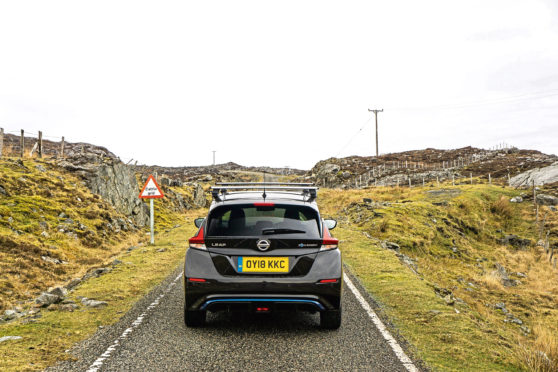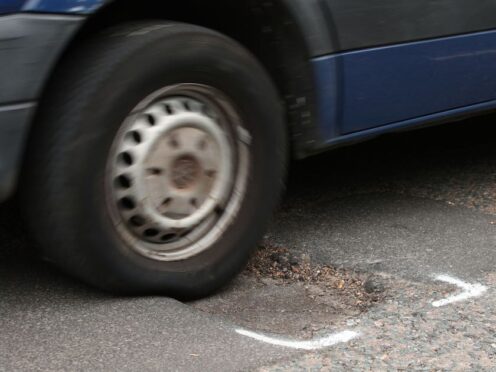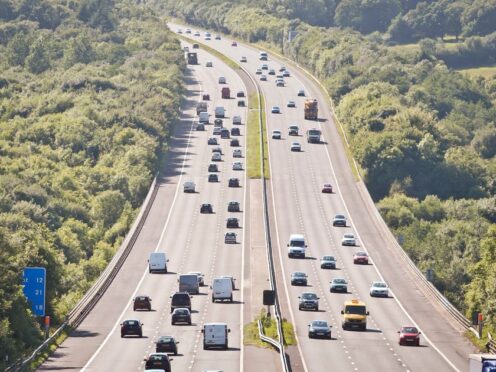If you take a look at a map of the UK, you don’t get much more remote than the Isles of Lewis and Harris, out there in the Atlantic Ocean.
The two combine to form the largest land area in the Outer Hebrides, with Lewis to the north and Harris to the south. Despite being connected, the pair are seen as separate isles – and lie 24 miles away from the nearest mainland point.
Needless to say, it’s a relatively isolated part of the country, and because of its location, you might not expect it to be the ideal place for an electric car. However, that’s not entirely the case.
We headed up to the islands to see how Nissan’s all-electric Leaf would cope with the wilds of Lewis and Harris, and whether or not a battery electric vehicle’s range could make exploring the area more stressful than in a conventionally powered car.
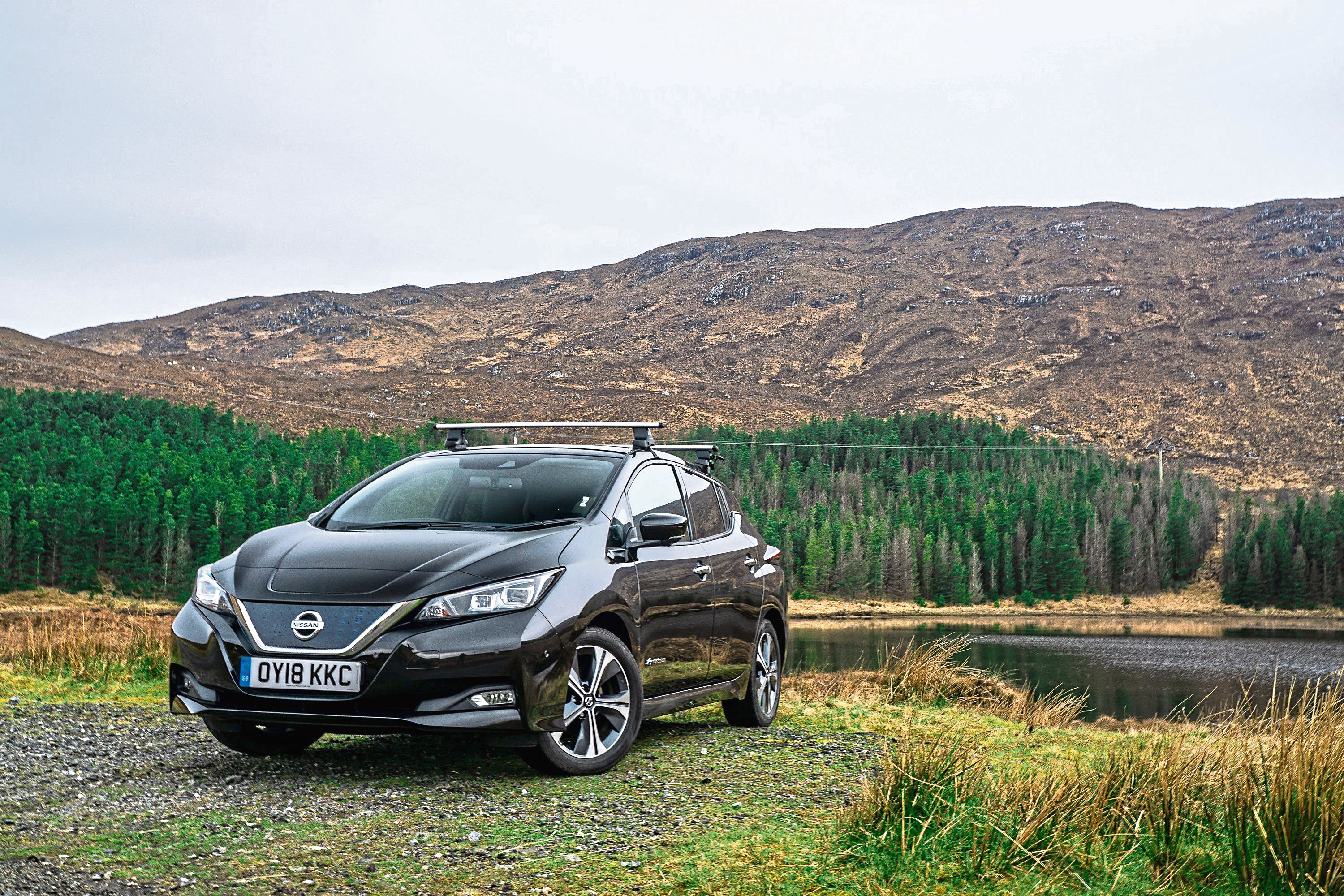
Off the bat things looked promising. A quick check of the charging points location map showed that both Lewis and Harris are reasonably well supported with electric car chargers, and though the vast majority of them were regular power supplies, one or two “rapid” chargers were dotted in between.
The charger close to our temporary home in Stornoway would be the most used point. Though it was a regular Type 2 charger, and could therefore only offer a basic level of charge, it was ideally situated for leaving the car to replenish its batteries overnight. With a full “tank” of electricity indicated on the Leaf’s display, it was time to hit the open road. We kicked off with a trip out west, and towards one of the island’s most westerly charging points.
Initially we took the drive steadily. An electric car’s range is a constant concern, and it’s easy to get tunnel vision with regards to how quickly it depletes its own energy. Changing certain aspects, such as using the heated seats rather than the car’s air conditioning system, radically affects the amount of range the car has – which was why we spent much of our first drive with the air-con firmly switched off.
It also helps to carefully apply the throttle, while making the most of the Leaf’s e-Pedal – this is used as a throttle in the conventional sense, but also brakes when you lift, recouping as much energy as possible when coasting.
It’s a handy feature, particularly given the hilly nature of the roads that snake from Stornoway across to Uig. The scenery is spectacular, with huge lochs giving way to mountains and then, as we near the coast, staggeringly beautiful beaches. Blink and you’d think you were in the Caribbean, with white sands meeting blue water. It could be Barbados – if it wasn’t for the howling wind and chilly temperatures.
We hooked up the Leaf to charge outside the Uig Museum. Again, it’s a standard charger – so it can’t add all that much range to the car – but during our time exploring the area, it managed to add about 20 miles.
Our route back trailed along the coast before heading inland, close to the Black Bay Recording studio. Created in the shell of an old crab processing factory, it uses Nissan’s xStorage energy system for power, a form of battery capable of harnessing and storing energy generated by solar panels.
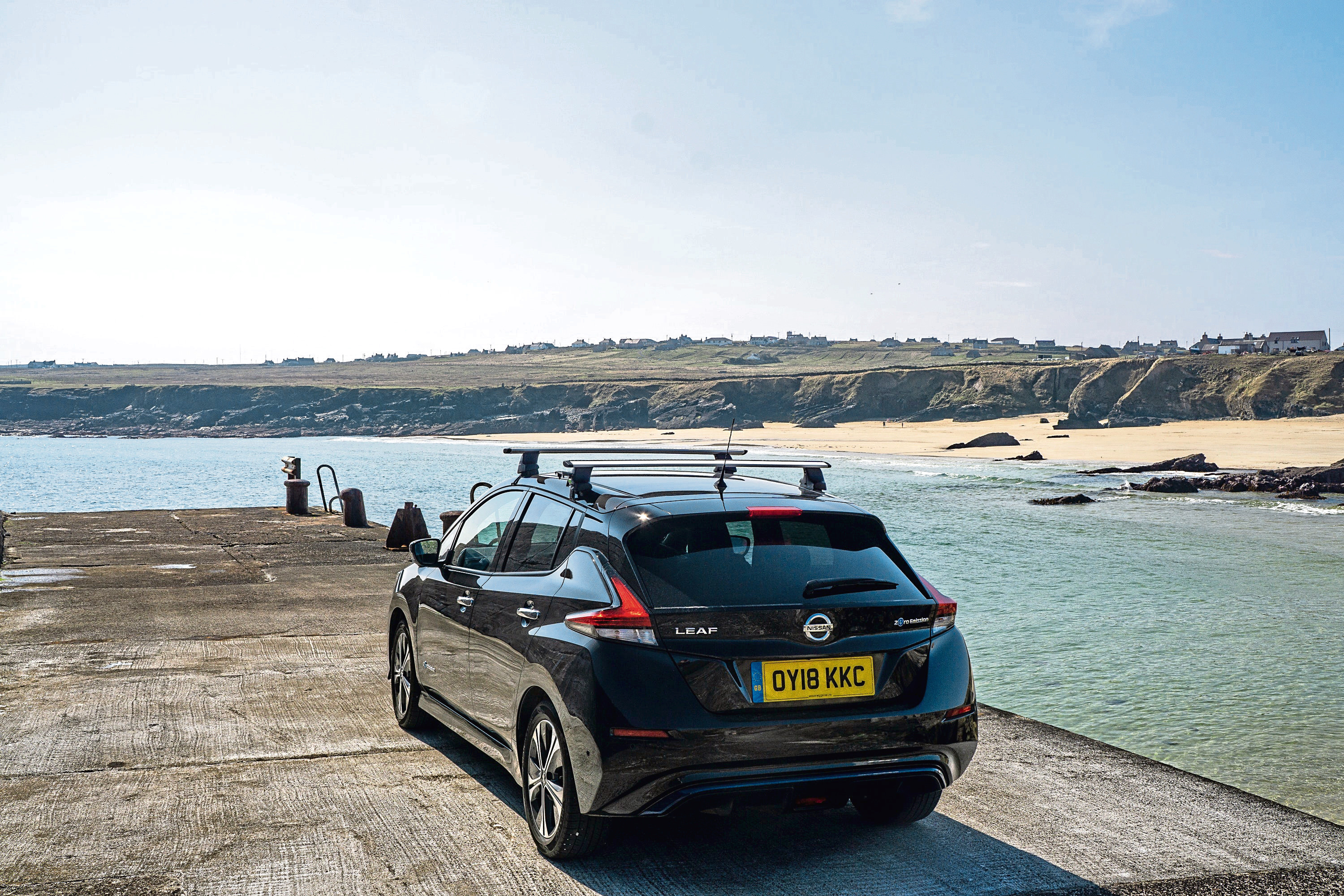
It’s created by using reconditioned batteries from old Leaf models – meaning that the batteries in the car we were exploring the area in could one day be used to store energy for a home.
But onwards we continued. The road wound back to our base camp in Stornoway, and we plugged in the Leaf to charge overnight.
Up early, we were back into the now fully charged Leaf and heading towards Tarbert – the main town on the Isle of Harris. It’s the main port for the ferry across to the Isle of Skye, but, most importantly for our purposes, it features a high-speed Chademo charger.
The route started off much the same as the previous day – long, sweeping roads fringed by lochs and rivers cut through green, sloping countryside. But as we continued, mountains came into view – and soon the road began to climb, with the scenery becoming more and more dramatic. Needless to say, the increase in elevation takes its toll on the Leaf, stripping it of a fair amount of charge, though the steep roads back down again do help restore some of the car’s lost energy.
Another benefit of the electric powertrain is the absence of noise. The only real issue with this is when sheep wandered on to the road – the Leaf is so quiet that they failed to take notice of us approaching, and only moved across once we were up close.
The small town of Tarbert rolled into sight, and with it an opportunity to give the Leaf’s batteries a much-needed boost. The charger there is an ultra-fast CHAdeMO 50kW unit, and after just 40 minutes it took the batteries from 40% up to near 90%.
We looped around the bottom of the island, travelling across from Tarbert to Leverburgh – each corner bringing with it even more impressive scenery, and as we began to climb northwards again up the east coast, the landscape became rocky and almost otherworldly.
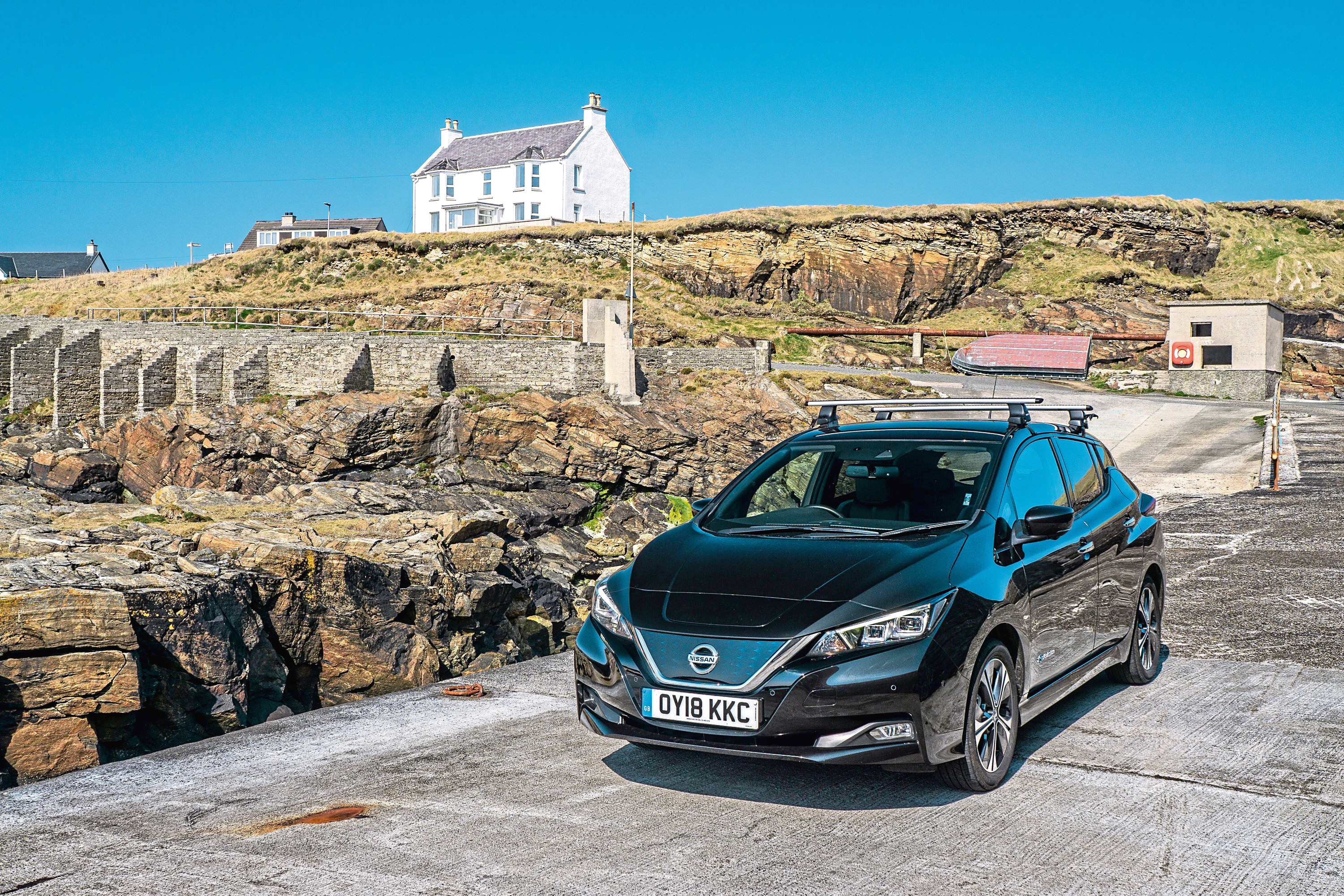
Seals rest by the sea’s edge, and, thankfully, despite feeling like we were at the edge of the world (and in a car with a limited range), there was no anxiety that the car was going to run out of electricity.
And in a sense, when driving around the unspoilt and unchanged countryside, you feel a little better that the car you’re driving is having little to no impact on it – be that through sound or emissions.
It’s one of the best aspects of exploring areas like Harris and Lewis in an electric car – you’re leaving them pretty much just as you found them.
